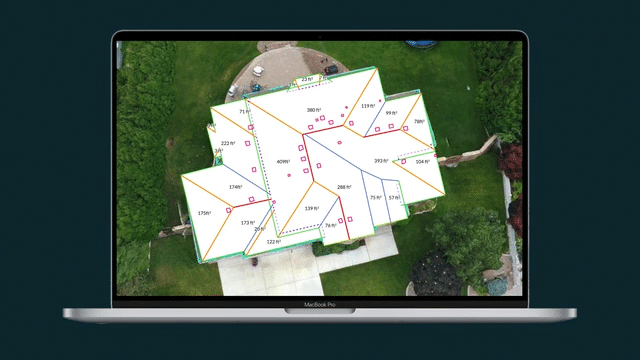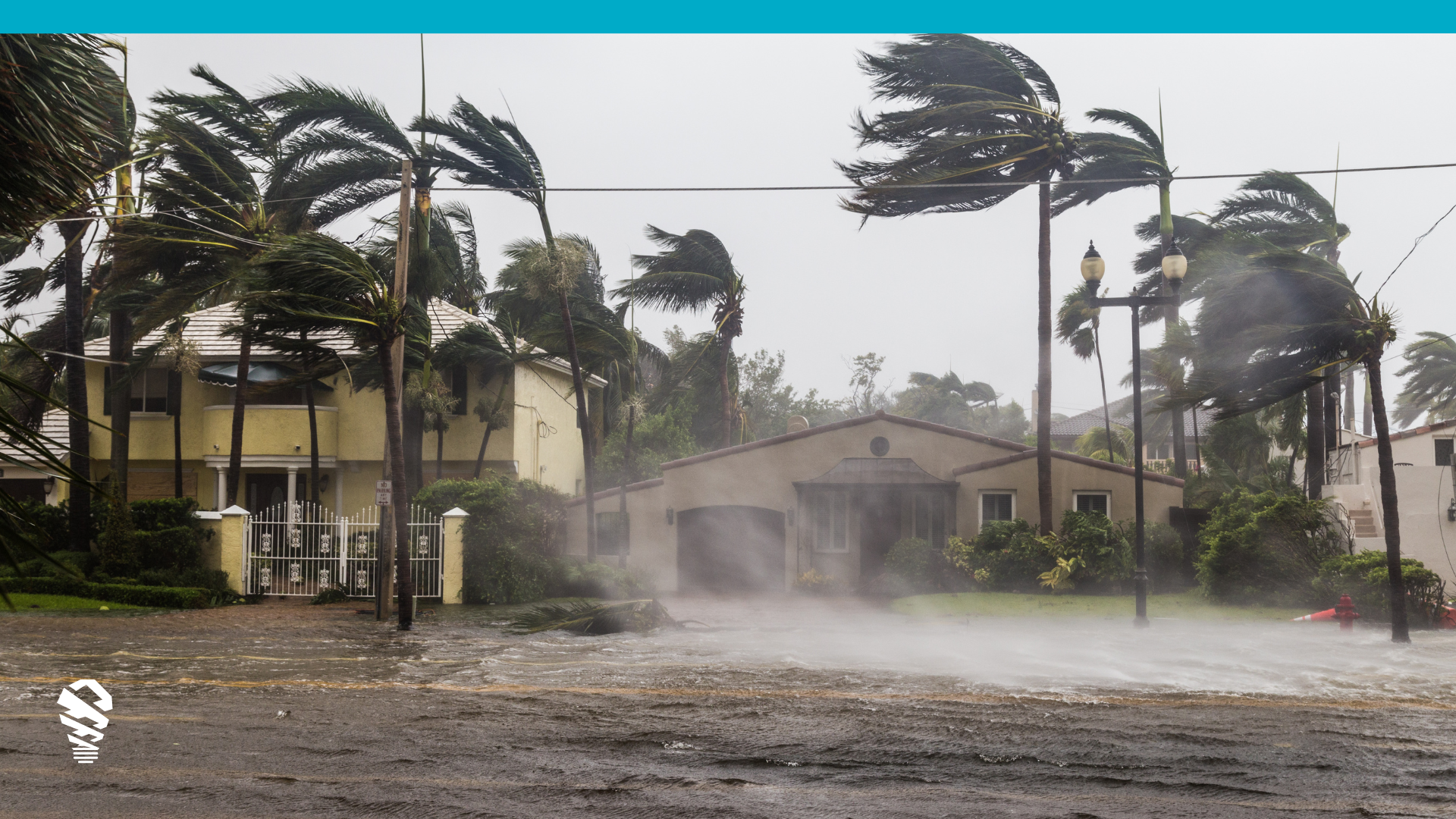California’s solar sector continues to cast a shadowy forecast across the industry since the rollout of Net Metering 3.0, a regulatory shift that’s dimming the long-time state leader in renewable power.
The ripple effects are unmistakable as uncertainty breeds reluctance among businesses and consumers alike, stalling the once-vibrant market to a sluggish crawl. Factor in the sting of stubbornly high-interest rates, elongating payback periods and sucking up discretionary spending elsewhere and you have mapped out a course for the industry to sit in the doldrums until market winds change.
Combatting Solar Cancellations Through Operational Excellence
What are the casualties of current conditions? Hesitant homeowners mean rising contract cancellations. As businesses grapple with the harsh reality of selling longer ROI timelines to homeowners, they need to pull every operational lever to ensure maximum profitability with each system sold. This starts by plugging any leaky holes in their operational design and installation buckets.
The Profit Equation for EPCs
In these market conditions, it’s back to basics. Understanding your costs is critical to making a profit. This involves considering various factors that influence the final financial outcome of each project. Here we will break down how a myriad of inputs weave together to determine your profit per install. Let’s call this, the profit equation. It simplifies the calculus by deducting cancellations, hardware outlays, and operational costs from total sales. We’ll then come back to this to show where you can improve operations to reduce cancellations and therefore increase profit. Let’s dive in.
Installations Gross Margin = Sum of Sales−Cancellations(t) −Materials Costs−Transactional Costs
Where:
- Total Sale Value is the revenue from selling a system.
- Cancellations(t) represents cancellations, with t a function of time from sale to installation.
- Materials Costs include the expenses on solar panels, inverters, and other system components.
- Transactional Costs encompass labor, transactional costs, and other expenses directly related to completing the install.
The Direct Link Between Accurate Design and Higher Earnings
The Profit Equation for EPCs provides a foundational understanding of the financial dynamics at play, allowing you to more directly tie operations and costs to profit per job. Often overlooked in this simple equation is t, or the time between sale to install. The complete cancellation rate formula looks something like the following:
Cancellation Rate = Base Cancellations = (Increment * t)
Where:
- Base Rate is the cancellation rate at t=0 (immediate installation)
- Increment is the increase in cancellation rate per days post sale.
- t is the time interval between sale and installation.
In the solar industry, the adage “time is money” holds particularly true, with the duration from sale to Permission to Operate (PTO) being a critical factor in a project’s financial and operational success. By streamlining this timeline, solar companies can significantly reduce cancellation rates, thereby increasing their profitability through the completion of more jobs. One pivotal strategy for achieving a faster transition from sale to PTO is the optimization of the design and engineering process, specifically by minimizing the need for redesigns. Remembering that most cancellations happen before the project is even permitted, we can hone down on areas where we can see the most improvement. Let’s run through some scenarios on how this could affect your bottom line. We’ll use some placeholder data based on high-level averages.
Another Cost to Redesigns
Costly and time-consuming call offs and redesigns, triggered by inaccuracies in initial site assessments, kill your operational efficiency. They also make for a poor customer experience and turn fickle customers into cancellations. It’s a virtual guarantee the likelihood of a cancellation rises very day that ticks by after the sale without PTO.
To counteract this, you need tools that helps you work faster and more accurately. Enter IMGING from Loveland Innovations – an advanced site survey platform. IMGING enables comprehensive, to-the-nail accurate, drone-based site surveys that provide detailed insights into the installation site. Ensure precision right from the start and streamline critical design phases with automated drone technology and smartphone capture offered by IMGING. By generating DXF files post-IMGING usage, you not only expedite the design process but also uphold accuracy, shielding against permitting delays and future redesigns.
How to Increase Your Installer Revenue by Six Figures in One Month
Consider a scenario with a solar system sale priced at $24,000 ($3.00 per watt * 8kw system = $24,000). A shrewd business operator understands they must discount closed contract by cancellation rate for forecasting and cash management. Every 1% reduction in cancellation rate earns you an increased expected revenue per contract sold.
For instance, lowering the cancellation rate from 25% to 20% leads to an increase in revenue for the businesses. If you sell 100 contracts a month and lose 25% of them, then your actual expected revenue per job sold should be discounted $6,000. A drop from 25 to 20% moves the sales loss from $6,000 to $4,800 for a single project. If you are doing 100 installs a month, you increase your revenue by $120,000.
5 Salvaged Contracts * $24,000 = $120,000
25% Cancellation Rate | 20% Cancellation Rate | |
|---|---|---|
Avg Contract Price | $24,000 | $24,000 |
Contracts Sold Per Month | 100 | 100 |
Contract Value Per Month
| $2,400,000 | $2,400,000 |
Actual Revenue | $1,800,000 | $1,920,000 |
Cancellation Loss | $600,000 | $480,000 |
Additional Earnings | $120,000 |
This improvement is directly attributable to the enhanced accuracy and efficiency provided by using IMGING for site surveys. The thorough data collected allows for precise planning and execution, cuts redesigns, and significantly decreases the time from sale to permit, cutting your time from sale to PTO.
This direct link between accurate site surveys, faster permitting, lower cancellations, and salvaging more contracts sold is undeniable. By investing in the right technologies and processes at the project’s outset, solar installers can not only enhance their operational efficiency but also improve their bottom line. The case of 100 $24,000 systems illustrates this point vividly: with a 5% reduction in cancellations due to better initial site assessments, time from sale to PTO shortens, cancellations rate drops, and the revenue of your business increases by six figures.
How to Lower Your Cancellation Rates

Solar installers can reduce cancellation rates by streamlining the period from sale to installation, especially focusing on the time required for obtaining permits. By adopting efficient processes for permit acquisition, leveraging technology for faster document preparation, and maintaining good relationships with local permitting offices, installers can significantly cut down the wait times. We can help you by giving you comprehensive site survey data from the automated IMGING platform that creates CAD-ready files for your designers to work faster and more accurately, cutting redesigns and speeding up permitting. This efficiency not only enhances customer satisfaction by expediting the installation process but also minimizes the likelihood of cancellations, as customers are less inclined to reconsider their decision during a shorter waiting period.
What does that mean for you? Picture this: a future where solar contracts evolve into completed projects like well-oiled machines, thanks to IMGING’s comprehensive site survey technology cutting your cancellation rates. Other companies are already living this reality, see customer case studies with companies like Bright Planet Solar, Baker Electric Home Energy, and SUNation Energy.
As technology evolves, so too will the solar industry, with IMGING leading the charge towards more efficient site surveys that reduce the time from sale to PTO, improving your operations and leading to cleaner, greener energy solutions. By revolutionizing solar site surveys and design, it can turbocharge your project efficiency. It’s not about more accurate data, cutting redesigns, or lowering cancelation rates through faster processes; it’s about creating a whole new operational playbook for the solar industry.








